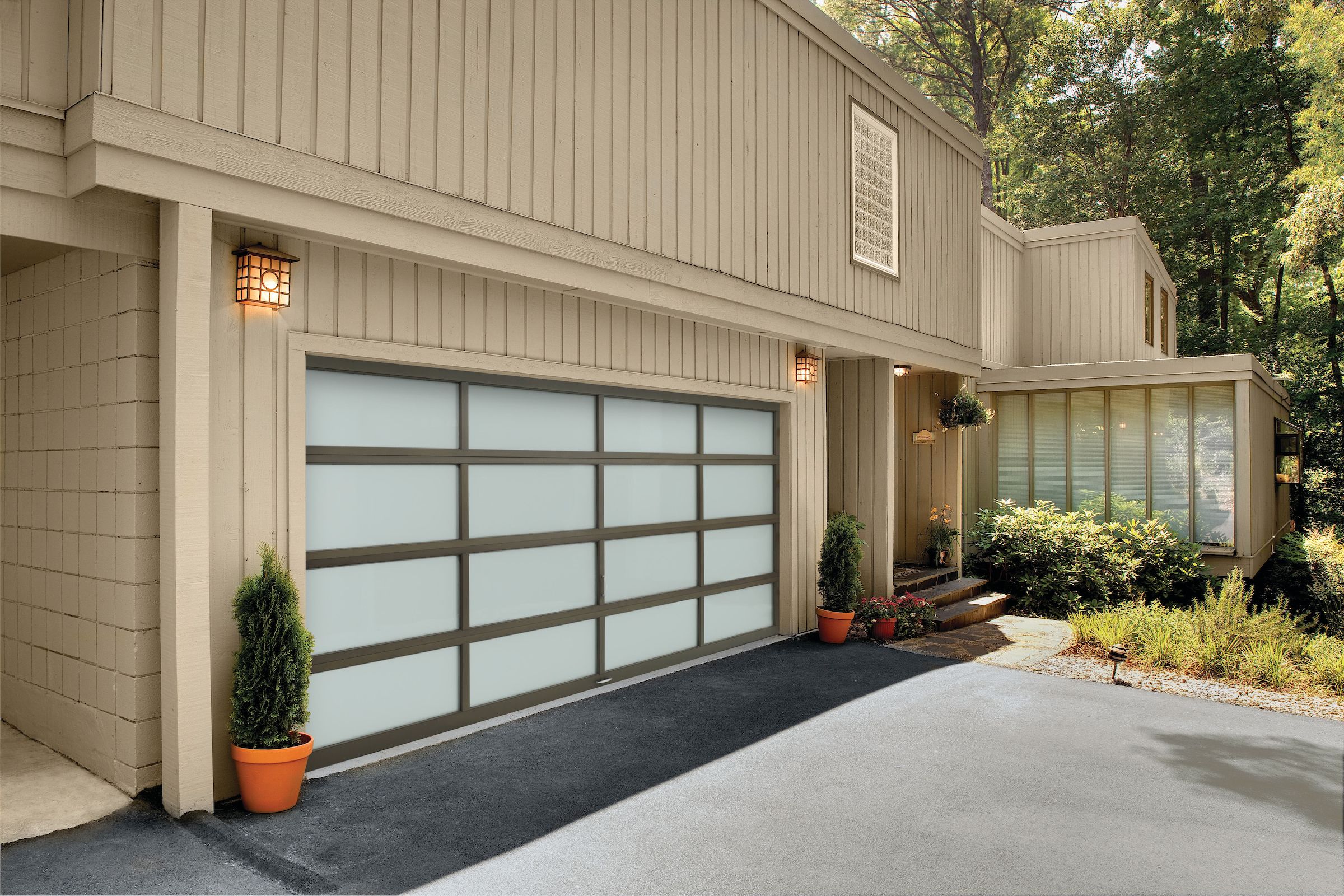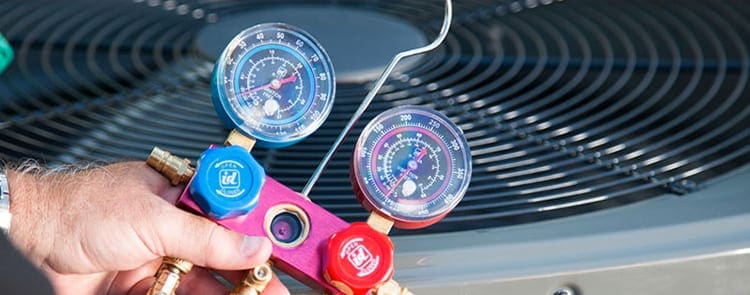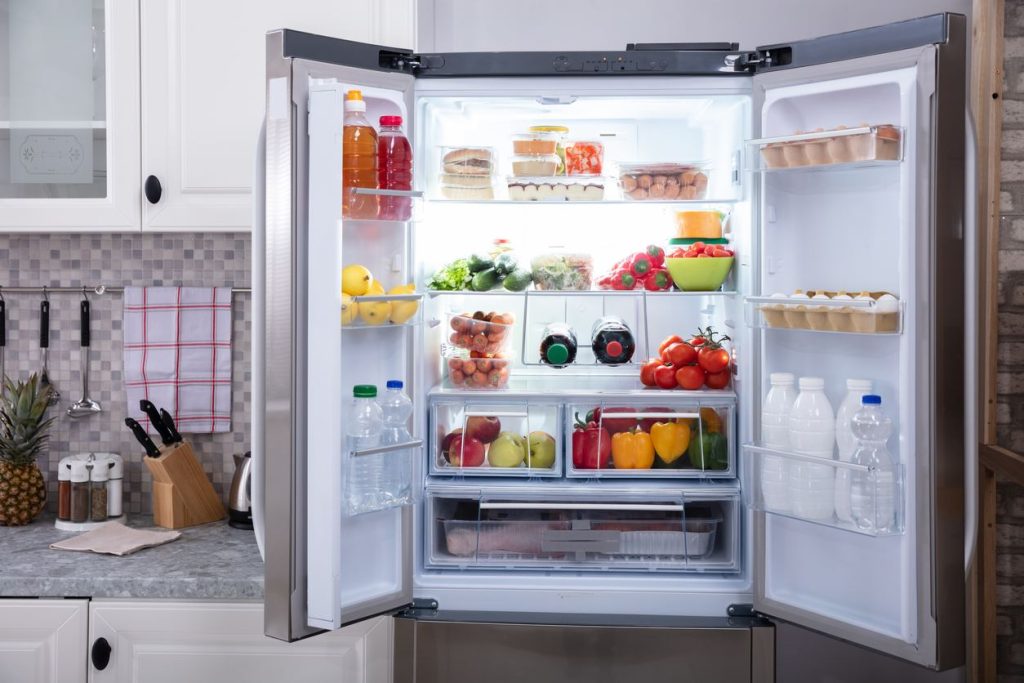Understanding Flood Damage in Hunterdon County: How to Prepare and Recover
Flood damage can be a devastating event for homeowners and businesses alike. In Hunterdon County, the risk of floods is significant, especially during the spring and fall when heavy rains and storms are more frequent. Being aware of the potential causes and consequences of flood damage in Hunterdon County can help you take the necessary precautions to protect your property. Understanding how to recover from a flood is equally important, as it ensures that you can return to your normal life as quickly as possible while minimizing further damage.
The Causes of Flood Damage in Hunterdon County
Flood damage in Hunterdon County can stem from a variety of sources, including heavy rainfall, overflow from rivers and streams, or even rapid snowmelt during spring. The county is home to many rivers, such as the Delaware River, which are prone to flooding, especially after periods of excessive rainfall or snowmelt. When these rivers overflow, they can inundate nearby properties, causing extensive damage to homes, businesses, and infrastructure. In addition, urban areas with poor drainage systems can also experience localized flooding, exacerbating the overall problem.
Another factor contributing to flood damage in Hunterdon County is the region’s topography. Areas with low-lying land or those near rivers are particularly vulnerable to flooding. In some cases, even minor storms can result in significant water accumulation that overwhelms the natural flow of rivers and streams, leading to flooding. For homeowners, understanding the vulnerability of their property is essential for taking preventative measures that can reduce the risk of flood damage.
The Impact of Flood Damage on Properties
Flood damage can vary in severity depending on the extent of the water intrusion, but the consequences are often severe. One of the primary concerns for homeowners dealing with flood damage in Hunterdon County is the destruction of their home’s structure and foundation. Prolonged exposure to water can weaken the foundation, leading to cracks and structural instability. Walls, floors, and ceilings are also at risk of damage, as water can quickly seep into the building materials, causing rotting and mold growth.
In addition to structural damage, the contents of your home are also at risk during a flood. Personal belongings, furniture, electronics, and important documents can be ruined if not quickly salvaged. Homeowners often face emotional and financial strain when trying to restore their homes after flood damage. Replacing damaged items, making necessary repairs, and ensuring that the home is habitable again can be costly and time-consuming.
Beyond the immediate damage, there are long-term concerns that can arise from floodwaters. The presence of contaminated water poses serious health risks, as floodwaters can carry bacteria, viruses, and chemicals that can lead to illness. Mold growth is another significant concern, as it can spread rapidly in damp environments, causing further damage to the property and posing health hazards to inhabitants.
Preparing for Flood Damage in Hunterdon County
While it’s impossible to prevent floods entirely, there are steps you can take to reduce the risk of flood damage in Hunterdon County. Preparation …











































